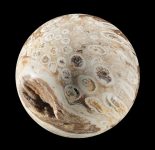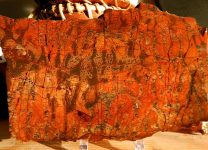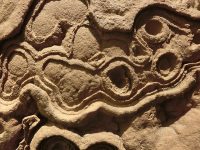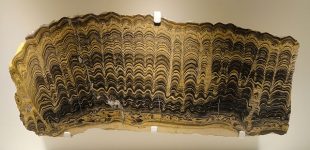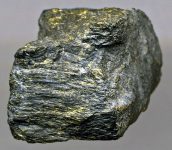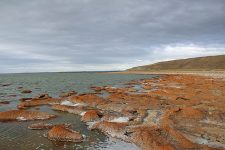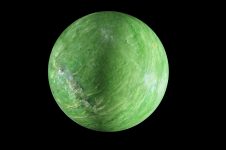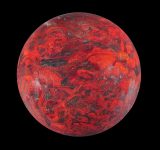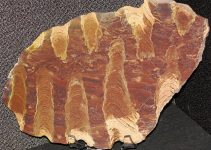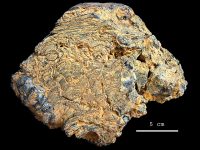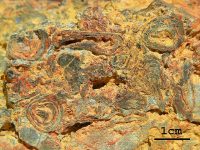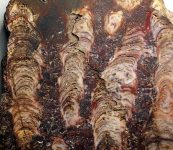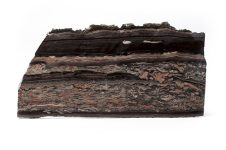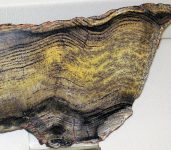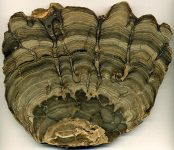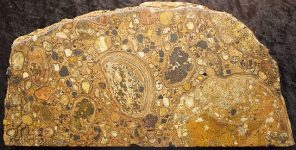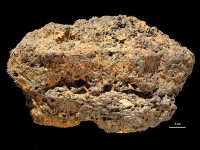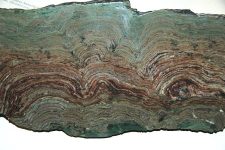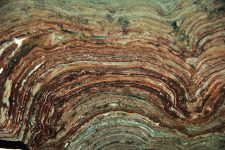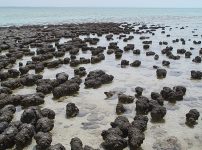stromatolite
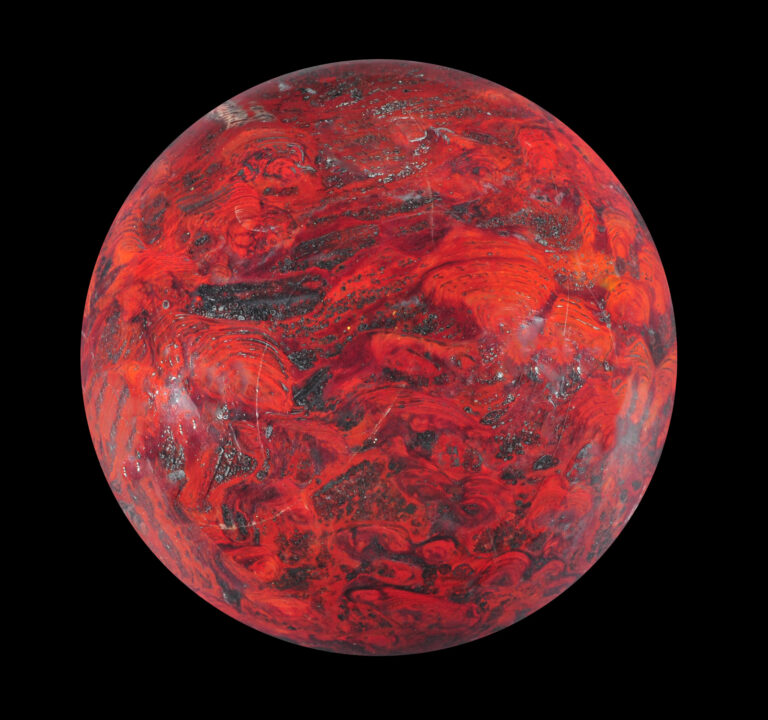
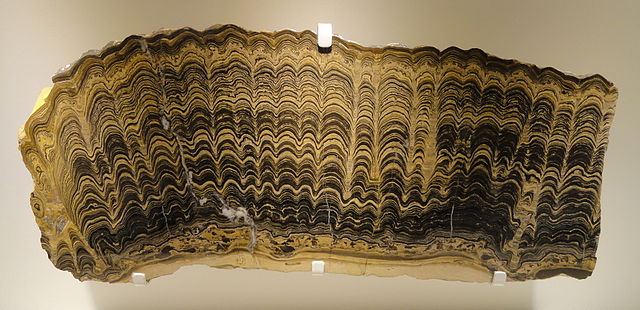
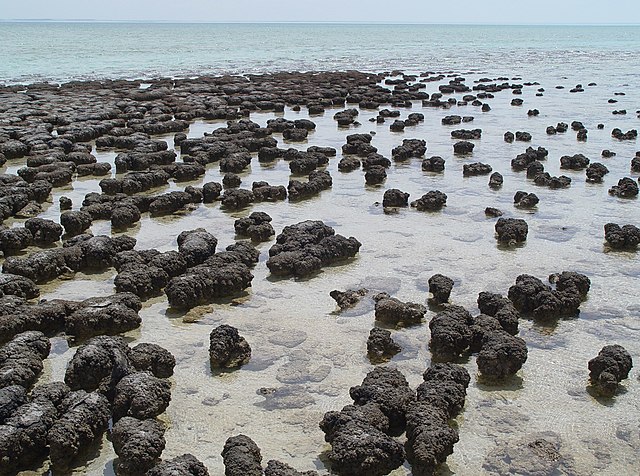
Stromatolite
Stromatolites are layered structures built by cyanobacteria (formerly known as blue-green algae) and other microorganisms in shallow aquatic environments. These unique formations provide valuable insights into the origins and evolution of life on Earth, dating back over 3.5 billion years.
Formation and Structure
Stromatolites form through a complex interplay between microbial communities and their environment. Cyanobacteria, through photosynthesis, capture sunlight to produce energy and oxygen. In the process, they secrete sticky substances that trap sediments and minerals from the surrounding water. Over time, these layers of sediment and microbial mats build up, forming distinct, often dome-shaped structures visible in ancient and modern aquatic environments.
The layers within stromatolites can range from micrometer-scale laminations to larger-scale structures, depending on factors such as water chemistry, sedimentation rates, and microbial activity. Each layer represents a snapshot of environmental conditions and microbial activity at the time of deposition, making stromatolites invaluable records of Earth’s ancient environments.
Ecological Significance
Stromatolites were predominant in Earth’s early history, flourishing during the Archean and Proterozoic eons when atmospheric oxygen levels were much lower than today. The cyanobacteria responsible for stromatolite formation played a crucial role in the Great Oxidation Event around 2.4 billion years ago, when oxygen levels began to rise significantly due to photosynthetic activity.
These microbial communities not only helped shape Earth’s atmosphere and chemical cycles but also provided habitats for other microorganisms. Stromatolites created unique microenvironments with varying light, oxygen, and nutrient gradients, fostering biodiversity in otherwise harsh and nutrient-poor conditions.
Paleontological and Geological Importance
Stromatolites are among the oldest evidence of life on Earth, predating the fossil record of multicellular organisms by billions of years. Their fossilized remains provide direct evidence of ancient microbial life and offer clues about the environmental conditions and evolutionary processes that shaped early Earth.
Paleontologists and geologists study stromatolites to reconstruct past climates, ocean chemistry, and microbial communities. By analyzing the isotopic composition of stromatolite layers, researchers can infer changes in atmospheric composition and environmental conditions over geological time scales.
Modern Analogues and Conservation
While stromatolites were once widespread and diverse, their modern counterparts are relatively rare. Extensive geological and environmental changes, including shifts in sea levels, sedimentation patterns, and human activities, have led to the decline of many stromatolite formations worldwide.
Efforts to conserve and protect remaining stromatolite sites are essential for preserving these unique records of Earth’s history and understanding the processes that sustain microbial ecosystems today. Conservation initiatives focus on managing water quality, minimizing human impacts, and promoting scientific research and education about the ecological and cultural significance of stromatolites.
Exploring Extraterrestrial Implications
Stromatolites also hold implications for astrobiology and the search for life beyond Earth. Their ability to thrive in extreme environments and create distinct biosignatures has led scientists to consider stromatolites as potential analogues for microbial life on other planets, such as Mars or icy moons like Europa and Enceladus.
Studying stromatolites informs our understanding of the conditions necessary for life to emerge and persist in diverse planetary environments. By examining how microbial communities interact with their surroundings and leave behind geological traces, scientists gain insights into the fundamental processes that shape habitability and the potential for life elsewhere in the universe.
